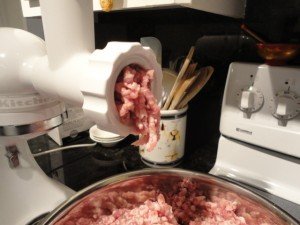When I need a seriously quenching, non-alcoholic, summer drink, I drink iced teas. There are dozens of possibilities when making iced teas from scratch. If I can infuse a health benefit as well – I get happy! My go-to fave is Iced Green-Ginger Tea.
Green tea is known to have benefits against: impaired immune functions, high cholesterol, infection, cancer, heart disease and rheumatoid arthritis. The list is long and the belief in its benefits has existed, in some cultures, for centuries.
Ginger aids in all manners of digestion from gas to naseau, is an effective blood thinner, reduces blood clotting, aids in menstrual discomfort, assists with good circulation and also lowers cholesterol.
Honey has carcinogen-preventing and anti-tumor properties, and is an antioxidant. If you get yours locally, it can assist in reducing allergy symptoms.
Iced Green-Ginger Tea
Ingredients:
4 cups boiling water
4 green tea bags
Grated Ginger & Honey to taste
Ice
Directions:
Grate approximately 2 tablespoons fresh ginger and add to heat proof pitcher. You may want to start with less ginger if you are unsure if you will enjoy the flavor.
Add teabags & pour boiling water over tea bags: your container should have room left for ice after steeping.
Steep tea and ginger for at least 5 minutes. Add 2 tablespoons honey, or to taste, and stir well.
Add ice to fill the container. You can either fish the teabags out, or leave them in as I do.
Pour over ice & enjoy!









